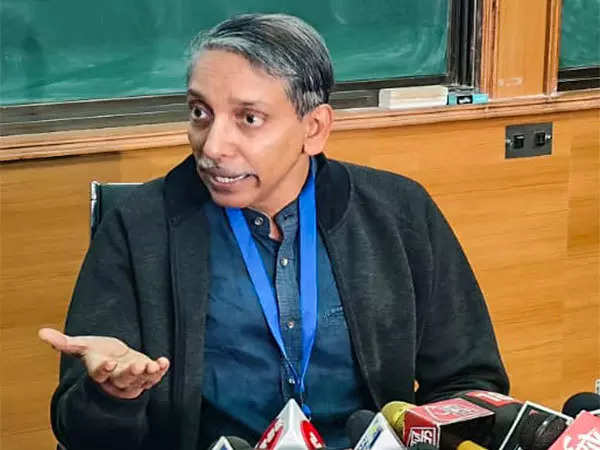UGC Allows Universities to Adopt Biannual Admission System

UGC The (University Grants Commission) has granted universities the flexibility to implement a biannual admission system, marking a departure from the traditional annual intake. Under this new framework, universities can choose to admit students twice a year, either in July/August or January/February, to undergraduate, postgraduate, and PhD programs. While the shift is optional for institutions, it presents an opportunity for greater adaptability based on available infrastructure and faculty resources.
This move aligns Indian universities more closely with international counterparts, particularly in countries like the United States, where biannual admissions are common. The UGC Chairman, M Jagadesh Kumar, highlighted the benefits of this system, citing its successful implementation in open and distance learning programs, which saw nearly half a million students enrolled without the constraint of waiting for a full academic year.
One of the key advantages of the biannual admission system is its ability to accommodate students who may have missed the traditional July/August intake due to various reasons such as health issues, delayed exam results, or personal circumstances. By offering admissions twice a year, universities can ensure that these students do not face prolonged delays in pursuing their academic aspirations.
Furthermore, the UGC believes that adopting this system could foster international collaborations and student exchanges, thereby enriching the academic experience and enhancing global exposure for students. Additionally, it is anticipated that the biannual admission system could contribute to increasing the Gross Enrollment Ratio (GER) in higher education, as more students are provided with opportunities to enroll throughout the year.
However, the decision to implement the biannual admission system ultimately rests with individual universities and their academic and executive councils. While some universities may embrace the change immediately, others may require time to evaluate their infrastructure and faculty requirements before fully transitioning to the new system.
In conclusion, the UGC’s decision to allow universities to adopt a biannual admission system marks a significant step towards enhancing flexibility and accessibility in higher education, ultimately benefiting students and fostering greater collaboration on a global scale.





